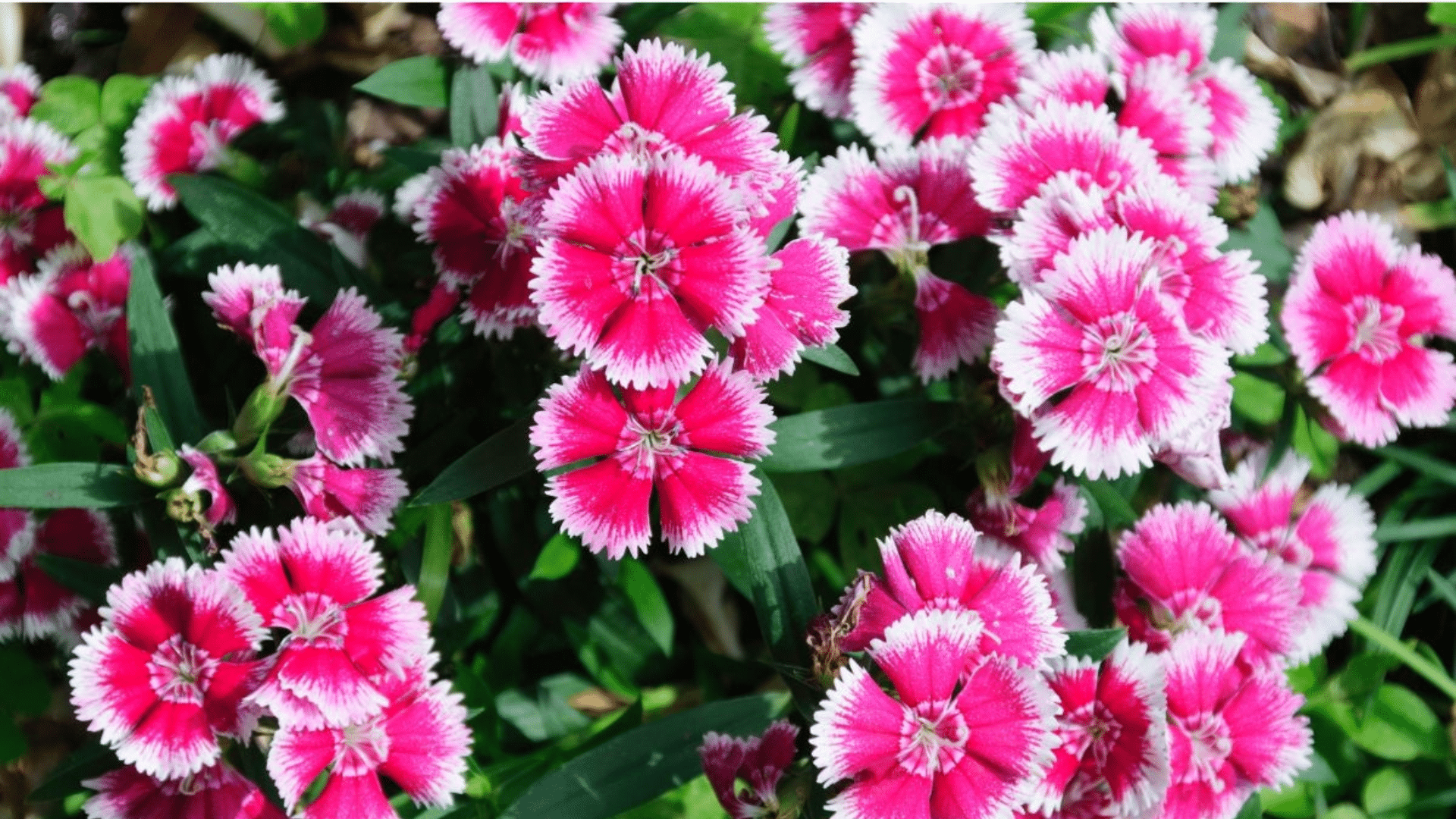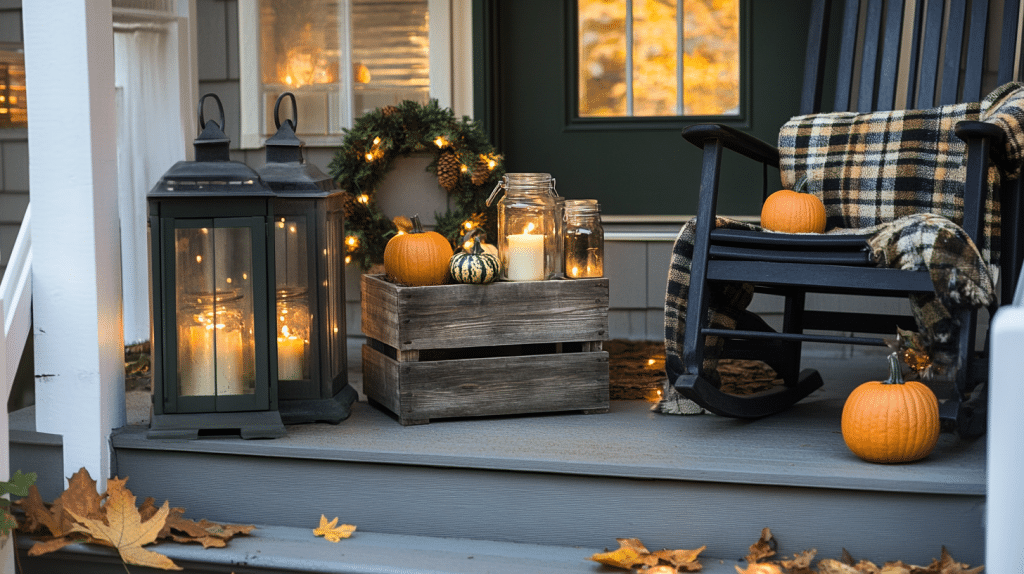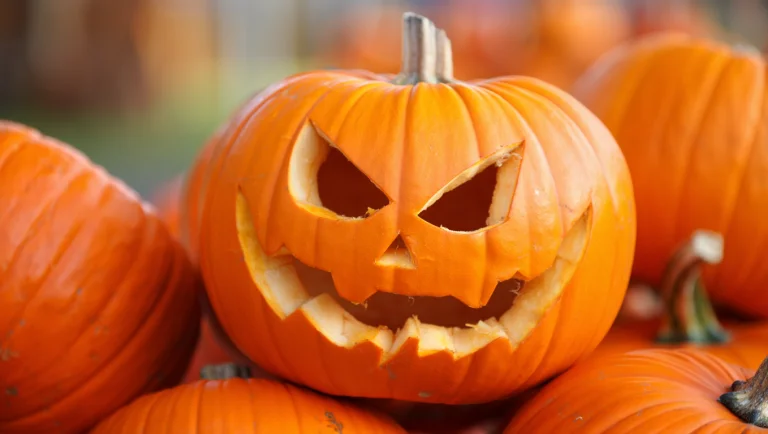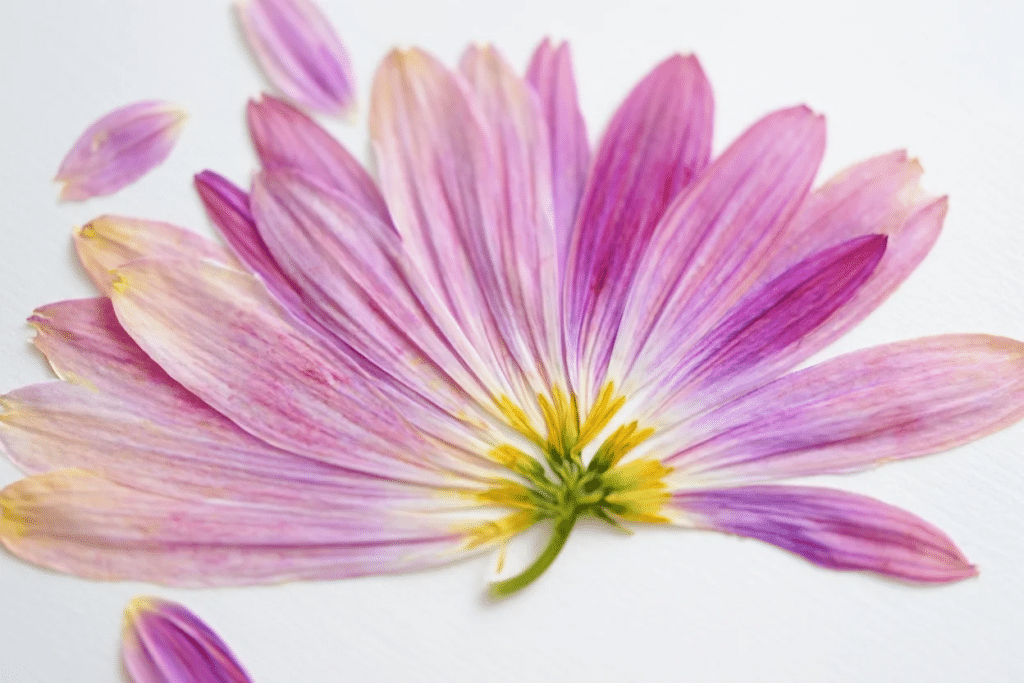I know how frustrating it can be when you plant dianthus and wonder if they’ll take over your garden or disappear completely. You’re not alone in this concern.
Most gardeners worry about whether these colorful flowers will spread aggressively or need constant replanting. I’m going to show you exactly how dianthus grow, spread, and self-seed so you can plan your garden with confidence.
You’ll learn the different growth habits of various dianthus types, when and how they spread, and practical tips to control or encourage their growth.
Are Dianthus Plants Animal-Resistant?
Dianthus naturally repels several garden pests, including rabbits, groundhogs, and deer. The strong fragrance and tough texture that make these plants special also keep unwanted visitors away.
Animals avoid dianthus due to its spicy-sweet scent and somewhat leathery leaves. Rabbits typically hop right past them, preferring tender lettuce and beans instead. Groundhogs also ignore dianthus in favor of softer vegetables. Even most rodents find the strong fragrance unappealing.
Deer resistance to dianthus remains the strongest. I’ve watched deer carefully sniff my dianthus beds, then walk away without taking a single bite. The scent that attracts us repels them completely.
But hungry animals might still nibble during extreme weather or food shortages. Young seedlings are more vulnerable since they haven’t developed full fragrance yet.
For extra protection, plant dianthus alongside other animal-resistant plants like marigolds or catnip. You can also use natural repellent sprays on new plantings until they mature.
Do Dianthus Plants Spread Naturally?

I get asked this question a lot, and the answer depends on which type you’re growing. Most dianthus spreads in two main ways.
- Clump growth is how perennial dianthus spreads. The plant grows slowly each year by sending out new shoots from the center. I’ve noticed that my perennial pinks get about an inch or two wider each season.
- Self-seeding is the other way. After flowers fade, they drop seeds around the parent plant. Some seeds sprout the following spring. I find little seedlings popping up near my original plants, usually within a foot or two.
- Annual dianthus only spreads through self-seeding since they die after one season.
- Perennial types do both – they form bigger clumps and drop seeds. Neither method creates aggressive spreading, so you won’t have dianthus taking over your garden.
Self-Seeding Habit of Dianthus
I find dianthus self-seeding fascinating because it follows a simple pattern each year. Here’s how it works in my garden.
1. Seed Formation
After flowers finish blooming, tiny seed pods form. These pods dry out and split open, dropping small black seeds nearby. Most seeds fall within two feet of the parent plant.
2. Winter Rest
Seeds sit dormant through winter, then germinate when spring warms up. I usually see new seedlings emerge in late spring.
3. Genetic Surprise
Not every seedling looks like its parent. I’ve had pink dianthus produce white offspring and solid-colored plants create striped babies. This happens because many garden dianthus are hybrids.
Maintenance to Control Spread and Promote Healthy Growth
Keeping dianthus healthy and controlling their spread is easier than you might think. I’ve learned that consistent basic care prevents most problems and keeps blooms coming all season.
- Deadheading for Control: Remove spent flowers regularly to encourage more blooms and prevent self-seeding. Cut stems back to the next bud or leaf.
- Dividing Clumps: Every 3-4 years, divide perennial dianthus in spring or fall. Dig up clumps, pull apart sections with roots, and replant.
- Soil and Sun Requirements: Dianthus need well-draining soil and at least 6 hours of sunlight. Good drainage is crucial since soggy soil kills them.
- Watering Basics: Water deeply but infrequently. Let the soil dry between waterings since these plants hate wet feet.
- Seasonal Care: In spring, cut back dead growth. In fall, remove diseased foliage and cut stems to 2 inches.
Conclusion
Now you have all the facts about how dianthus behaves in your garden.
These beautiful, fragrant flowers spread gently through clump growth and self-seeding – never aggressively taking over like some plants do. You can easily control their spread with simple deadheading or encourage it by letting seeds drop naturally.
You don’t have to worry about deer destroying your hard work. When considering what plant do deer hate most, dianthus ranks high on the list. They naturally repel deer with their strong scent, making them perfect for problem areas where other flowers get eaten.
Start with a few plants and let them show you exactly how they want to grow in your space.













